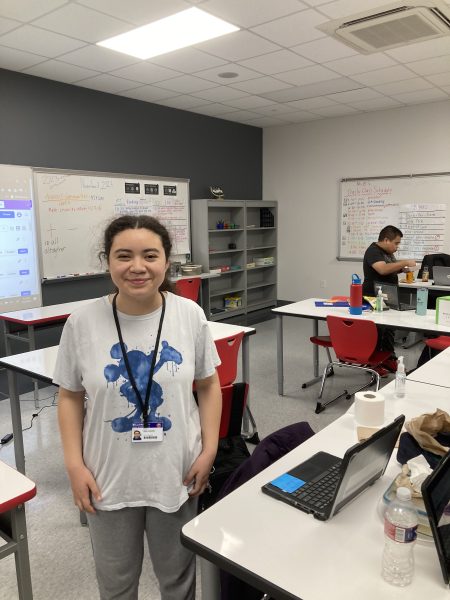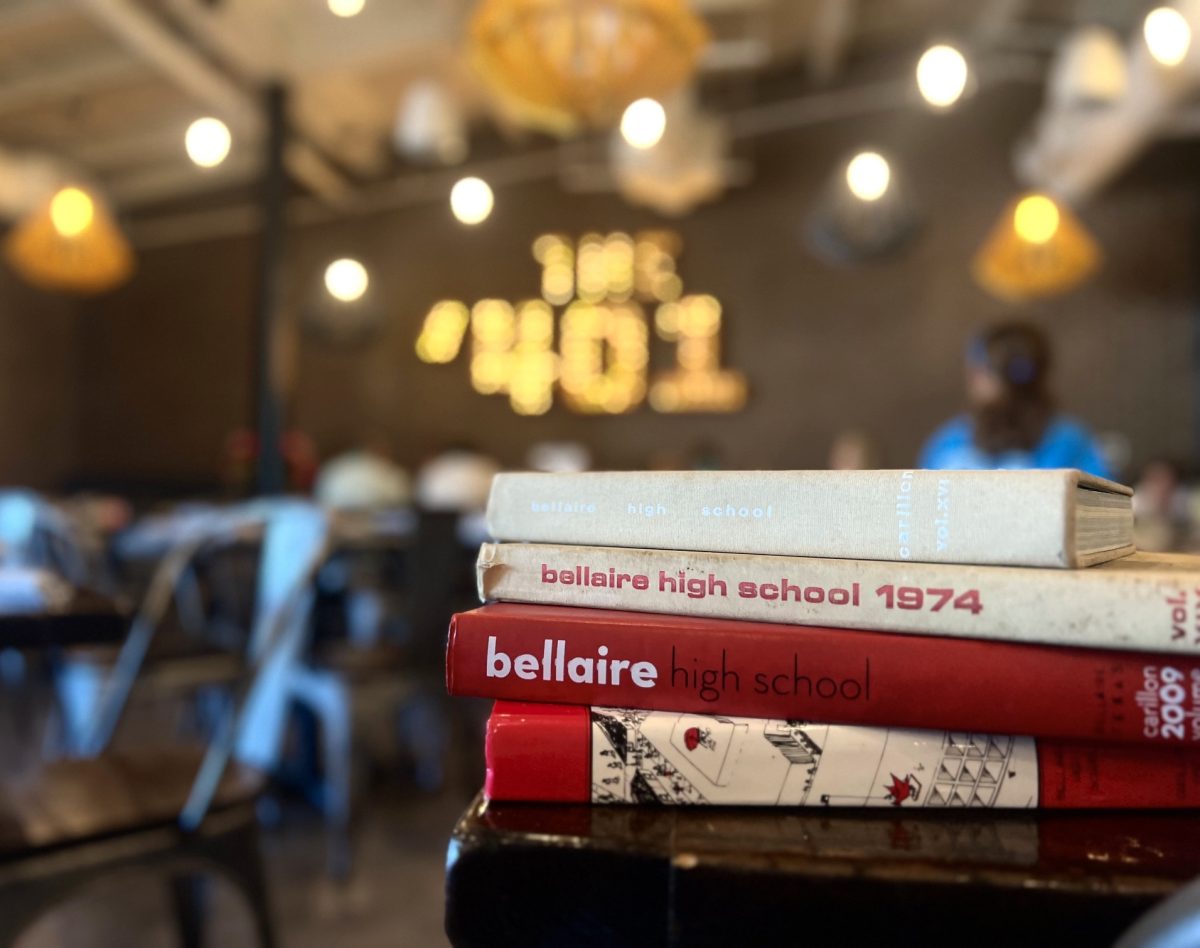There was only one boy there who didn’t speak, a spot of silence in a sea of sound.
And though he might have had down syndrome, his smile was unbreakable.
It blinded the daycare and forever altered Jennifer Barrera’s life, leading Barrera to become who she is now: an HISD life skills teacher.
“As soon as I just started working with him, I knew that was a population I wanted to work with,” Barrera said. “He and I just gravitated towards each other.”
When he and Barrera first met, he hadn’t started to talk yet, but he began to learn the sign language that Barrera was teaching him.
“[He] was like a sponge, eager to learn stuff,” Barrera said.
As a life skills instructor, Barrera focuses on providing a modified classroom and curriculum to those who need it rather than adding accommodations to typical curriculums. Barrera works within HISD’s special education program, which “provide[s] support and guidance … that directly improves student outcomes while removing barriers and raising expectations for students with disabilities.”
“They’re just at a different academic level,” Barrera said. “I wish people would look at it as an academic disability [rather] than a total social one. The biggest misconception about special education students is that they don’t understand. They get treated like babies when they’re in high school. They need to be treated as high school students.”

Barrera supports the Best Buddies club, which works to overcome the misconceptions that are a result of the lack of interaction between life skill and non-life skill students by offering chances for direct socialization between them.
“I think that it’s good for everybody to have an experience with life skills students because I think it will break down any stereotypes or barriers there might be or fear of the unknown,” Barrera said. “Also, I think being exposed to these students helps you develop.”
Katelyn Ta, president of the Best Buddies club, emphasizes that compassion is the “core of the club.”
“I think our club right now is full of really compassionate people who genuinely care about the buddies and aren’t just there to build a resume,” Ta said.
Best Buddies also allows for flourishing friendships between members and students.
“I’ve definitely noticed both sides being more social,” Barrera said. “So I think it’s had a good, good effect on everyone.”
Spending every day around the same people can make it easy for life skills students to become socially isolated from the rest of the student body. Best Buddies allows for these students to broaden their social circle and capabilities.
“It’s good for our kids to be able to mingle with them,” Barrera said. “They’re going to have friends just like anybody else.”

But the greatest benefits Best Buddies offers are not to the students with disabilities; rather, it is students without special needs who are helped the most.
“I feel like I’ve grown to be a more empathetic person after befriending the buddies,” Ta said.
And the inclusivity of Best Buddies extends far beyond just the life skill students.
“Best Buddies encourages me to feel that I am not alone,” Best Buddies member and freshman Josephine Eltzschig said. “Every person has their own strengths and weaknesses.”
Eltzschig, who is dyslexic, credits Best Buddies with allowing her to “help other people to conquer their disabilities and [her] own.”
“Being dyslexic is a struggle,” Eltzschig said. “But having support from other people gives me a lot of motivation and positivity in life.”
And at the end of the day, with help from Best Buddies, Eltzschig embraces her dyslexia as an integral part of herself.
“It’s amazing that everybody’s different,” Eltzschig said. “There’s no one fit. I’m dyslexic. If I wasn’t dyslexic, then I wouldn’t be me. And I love myself.”
Best Buddies meets every Friday in Rooms 1151, 1153 and 1154. Its Remind is @bhsbbuds.











